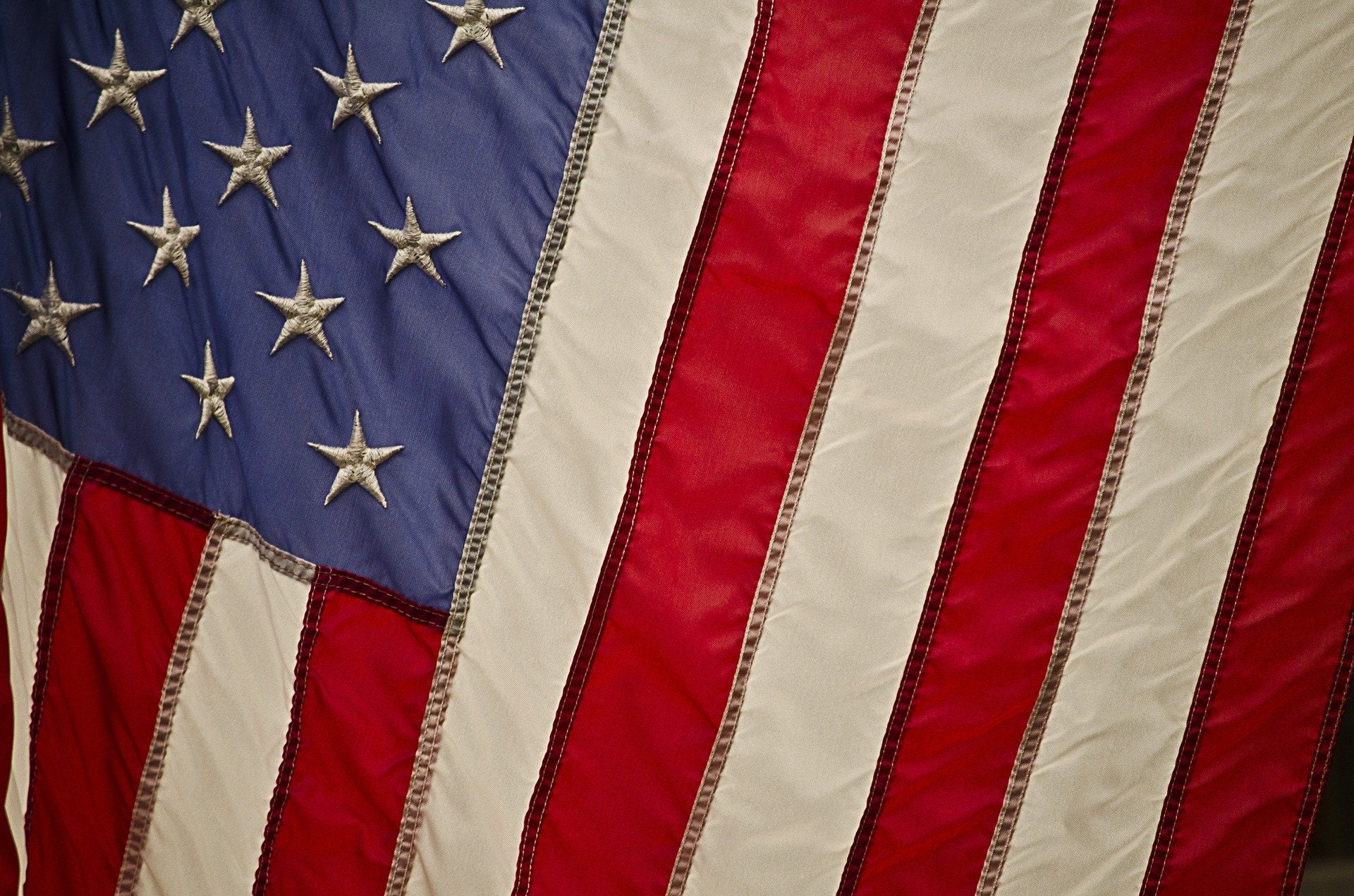
Open Daily 10am - 5pm
12,000sq.ft. of amazing items!
Free and easy parking!

Hello again! Mike Rivkin here with Antique Galleries of Palm Springs. Happy to be writing once more, especially in light of this crazy year. Antiques may go up and down in popularity and price, but they are welcome distractions and remind us of our past successes (and failures). Many of the categories I’ll be writing about this year embody timeless craftsmanship that is wholly unconnected with pandemics, politics, and murder hornets. If the present is stress-inducing, examining artifacts of the past can induce a sense of calm. So here goes.
Let’s start the season by examining that most American of collectible categories: United States flags. As of this writing, there are 251 countries in the world, 193 of which (plus two observer countries) are members of the United Nations. Each has its own national flag. With the dawning of the 20th century and two world wars came enormous changes to political boundaries. New countries were spawned out of whole cloth while others were subsumed by their larger and more aggressive neighbors. Putting together a comprehensive collection of 20th century world flags is possible but daunting. So let’s stick to those from the US of A. As it happens, there are nearly 30 different iterations just of those.
Most people are familiar with the iconic Betsy Ross flag with its 13 white stars circling above a blue field. While her grandson (William Candy) credited her exclusively with its creation, that may or may not have been the full story. Candy’s claim came 100 years after the event and included no evidence beyond family affidavits. Nonetheless, that flag remains a touchstone of this country’s founding and original examples are both rare and valuable. One well-worn version sold at auction last year for nearly $40,000. Interestingly, her 13-star design was in use for only 16 years until being replaced by a 15-star version in 1792. The addition of Kentucky and Vermont to the Union prompted the additional stars, and the practice of adding stars as new states were added became the norm.
In 1818, a 20-star flag was created at the direction of President James Monroe, reflecting the addition of five additional states that grew out of the Louisiana Purchase. This flag was in use for only one year, making original examples exceedingly scarce today. As more states joined the Union, more stars were added in the next 33 years, bringing the total up to 31 by the time of the Gold Rush. Of particular note was the adoption of the 28-star flag, representing the addition of Texas to the mix in 1846. Previously, Texas had been an independent republic since its separation from Mexico ten years previously. California’s was the 31st star added in 1851, allowing the Stars and Stripes to wave coast-to-coast for the first time. That flag too is catnap to collectors.
By 1912, the American flag was up to 48 stars and there it remained until the 49-star flag was unveiled in 1959 with the addition of Alaska. One year later, Hawaii followed suit, leaving us where we are now at 50 stars. It’s not inconceivable that Puerto Rico and/or other US territories might achieve statehood down the road, turning even today’s flags into collector’s items in the future.
If you are among the fortunate few to have one of America’s earliest flags, treat it gingerly. Most were handmade from cotton or linen and highly susceptible to degradation from sunlight and damage from moths and other bugs. Mildew from storage in damp places is also a risk and should be avoided. Early U.S. flags in good repair can bring enormous sums, especially at Americana auctions, so do everything you can to keep yours in bristol condition. Considering what it stands for, any American flag is worth every consideration.





We’ll email you about the latest events, sales, and general store updates.

Our antique gallery is located just south of downtown Palm Springs, with free parking and air conditioning throughout.
Open Daily: 10am – 5pm
505 E Industrial Pl.
Palm Springs, CA 92264
© Copyright Antique Galleries of Palm Springs 2024